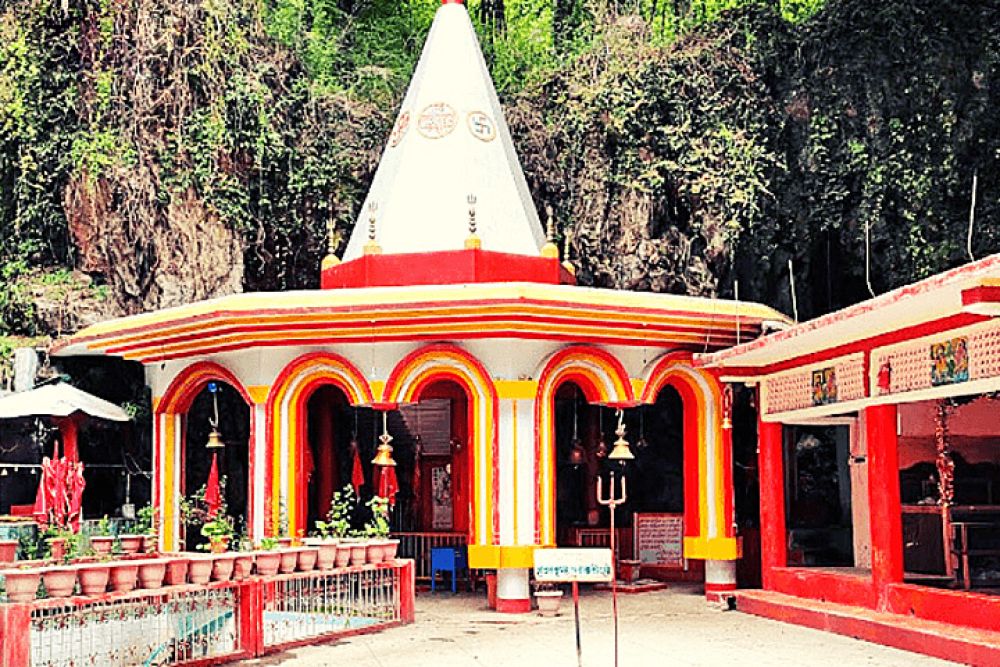

Situated in the serene settings of Pithoragarh, Uttarakhand, the Arjuneswar Temple stands as a testament to the historical and religious fabric of India. The temple is dedicated to Lord Shiva and is believed to have been established by Arjuna, one of the Pandava brothers from the epic Mahabharata, during their exile period. Perched atop a hill, the temple not only serves as a significant shrine but also offers breathtaking views of the Himalayas.
The district of Pithoragarh, often regarded as the 'Little Kashmir' due to its natural beauty, has been welcoming pilgrims and tourists alike for many decades. While the Arjuneswar Temple has been a part of the tourist map for a long time, its popularity has peaked in recent years due to the amalgamation of spiritualism with trekking and nature exploration.
The temple has historically attracted worshippers who came to seek blessings and some solitude in the lap of nature. Over the years, with improved road connectivity and the promotion of hill tourism by the Uttarakhand government, the temple has seen a steady increase in the number of visitors. The place has also been part of local festivities and fairs, which have traditionally been a big draw for tourists.
Lately, tourism in Pithoragarh and around Arjuneswar Temple has been molded by trends emphasizing sustainability and experiential travel. People are not just visiting for religious purposes but are also looking to connect with local cultures, participate in eco-tourism activities, and explore offbeat paths within the region.
Activities such as village tourism, homestays, and cultural exchange programs have been on the rise. This shift not only allows visitors to have a more intimate experience of the local life but also helps in the socio-economic development of the region. Moreover, the enhancement of trekking routes and the introduction of adventure sports in Pithoragarh are positioning it as a versatile destination for tourists with diverse interests.
The best time to visit Arjuneswar Temple is between April to June and September to November. The temple is accessible by a short trek, and the journey is as picturesque as the destination itself. Due to its elevation and proximity to the Himalayas, the region experiences significant variation in weather, and tourists are advised to carry appropriate clothing and gear.
Tourism infrastructure around Arjuneswar Temple has developed significantly, with options ranging from budget lodgings to more comfortable accommodations. Nevertheless, the essence of the place lies in its tranquil nature, which government and local bodies are striving to preserve, even with the evolution of tourism in the area.